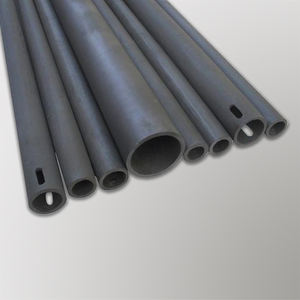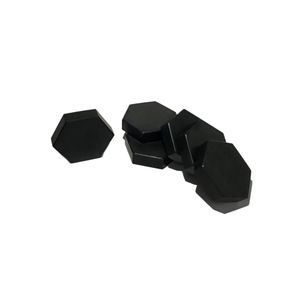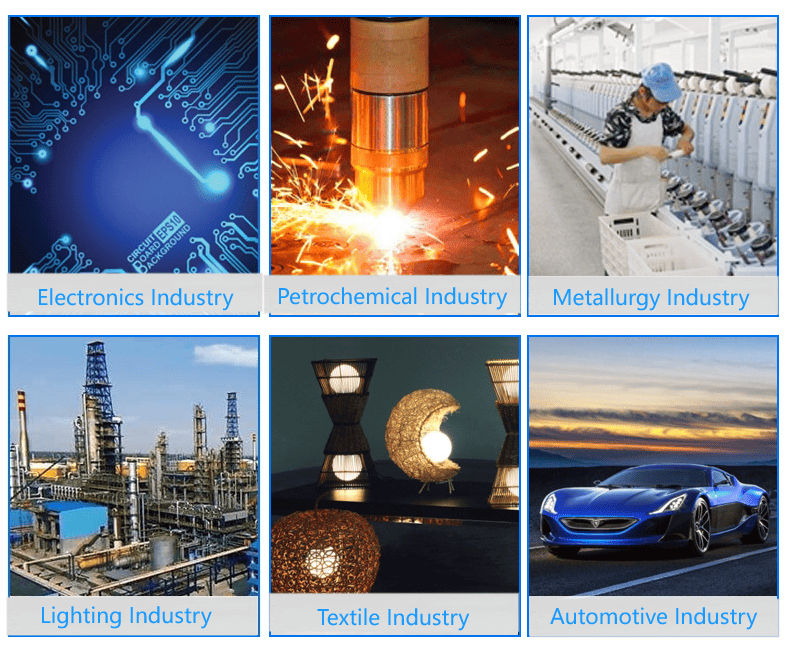Discover Premium Ceramic Products | Durability & Elegance United | Advanced Ceramics
PRODUCT PARAMETERS
Description
Introduction of Boron Carbide Ceramics
Boron carbide ceramics is an inorganic, non-metallic material with carbon and boron as its main components, and its chemical formula is B4C. Since its discovery in the early 20th century, this material has attracted a great deal of attention because of its unique physical and chemical properties. Boron carbide ceramics have an extremely high hardness, second only to diamond and cubic boron nitride, which makes it important in the field of wear-resistant materials. It also exhibits excellent corrosion resistance, high-temperature stability and low-density properties, attributes that make it ideal for the manufacture of bullet-proof vests, nozzles, bearings and other mechanical components that require high wear resistance. Boron carbide ceramics can also be prepared in a variety of shapes and sizes through different processes to meet the needs of different industries.
Characteristics of Boron Carbide Ceramics
Boron carbide ceramics are known for their excellent performance characteristics, starting with their ultra-high hardness and strength, which makes them resistant to severe abrasion and scratching, making them ideal for use in cutting tools and abrasives. Secondly, the material possesses excellent chemical stability and is less likely to react with chemicals such as acids and alkalis, even in extreme environments, making it widely used in certain key components in the chemical industry. In addition, the superior thermal stability of boron carbide ceramics and their ability to maintain structural and property stability at extremely high temperatures makes them one of the key materials in the aerospace and nuclear industries. Finally, it is worth mentioning its lightweight properties, which, due to its low density, make boron carbide ceramics an ideal option for application scenarios that require light weight but high strength. Together, these characteristics give boron carbide ceramics a wide range of applications.

(Hot Press Sintering Boron Carbide B4C Ceramic Sheets)
Specification of Hot Press Sintering Boron Carbide B4C Ceramic Sheets
Hot press sintering boron carbide (B4C) ceramic sheets are sophisticated engineering materials designed for high-performance applications. These sheets are made by compressing boron carbide powder under high temperature and pressure. This procedure creates thick, consistent structures with minimal porosity. B4C ceramic sheets have a composition of boron and carbon atoms prepared in a strong covalent lattice. This gives them outstanding hardness, ranking 3rd after ruby and cubic boron nitride.
The sheets typically include a thickness of 2.52 g/cm THREE. Their solidity reaches up to 30-35 Grade point average on the Vickers scale. Available densities vary from 1 mm to 50 mm. Standard sheet sizes differ from 100 mm x 100 mm to 500 mm x 500 mm. Customized measurements can be produced based on demands. The product runs properly in temperatures as much as 1600 ° C in inert environments. It keeps architectural security under thermal stress because of low thermal expansion (4.5 × 10 ⁻⁶/ K).
B4C ceramic sheets withstand rust from acids, antacid, and molten metals. They reveal very little reactivity in harsh chemical settings. Their high neutron absorption capability makes them ideal for nuclear applications. The sheets also supply excellent wear resistance. This is essential for elements like sandblasting nozzles and ballistic shield.
Mechanical buildings consist of a flexural stamina of 300-400 MPa. Crack durability ranges in between 2.9-3.7 MPa · m 1ST/ TWO. Electrical insulation residential or commercial properties enable usage in high-voltage devices. Surface surfaces can be polished to a roughness (Ra) listed below 0.2 µm for accuracy applications.
These sheets are made use of in shield systems, reducing tools, and wear-resistant cellular linings. They offer in aerospace components needing lightweight resilience. Industrial equipment utilizes them for components subjected to extreme abrasion. The material’s radiation protecting ability advantages nuclear reactor control rods.
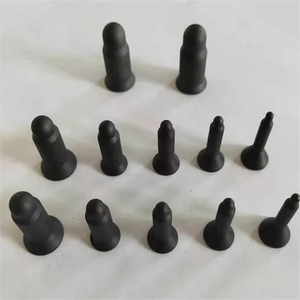
(Hot Press Sintering Boron Carbide B4C Ceramic Sheets)
Applications of Hot Press Sintering Boron Carbide B4C Ceramic Sheets
Hot press sintering boron carbide (B4C) ceramic sheets are extensively utilized in sectors needing severe resilience and efficiency. These sheets are made by pressing boron carbide powder under high heat and pressure. This process creates a dense, tough product with unique residential or commercial properties.
B4C ceramic sheets are ideal for body armor and lorry shield systems. Their high firmness and reduced weight make them efficient against bullets and shrapnel. They soak up influence power far better than many metals. This saves lives in armed forces and protection applications.
Atomic power plants make use of boron carbide sheets as control rods and protecting parts. Boron soaks up neutrons effectively. This helps manage nuclear reactions and stops radiation leaks. The product’s security under heats guarantees long-term safety and security in severe atmospheres.
Unpleasant devices like sandblasting nozzles or cutting blades rely upon B4C ceramic sheets. The product withstands put on better than steel or tungsten carbide. This decreases replacement costs and downtime in manufacturing. Its hardness allows accurate cutting and grinding of difficult products.
Industrial machinery take advantage of boron carbide components. Parts like seals, bearings, and liners face constant friction and heat. B4C sheets endure these conditions without degrading. This extends tools life expectancy and enhances performance in markets like mining or aerospace.
The aerospace market makes use of B4C sheets for light-weight structural parts. Their strength-to-weight proportion supports fuel performance in airplane and spacecraft. They likewise secure sensing units and electronics from high-speed particles in severe settings.
Power systems like wind generators utilize boron carbide coatings to stop disintegration on blades. This maintains performance in extreme climate. Solar panel manufacturing devices made from B4C manage rough materials without damage.
B4C ceramic sheets are additionally made use of in accuracy instruments. Their thermal security guarantees precision in high-temperature dimensions. Laboratories and research facilities rely on them for experiments involving heat or radiation.
The adaptability of warm press sintering B4C sheets makes them vital in advanced engineering. Their mix of hardness, light weight, and thermal resistance fixes obstacles throughout several areas. Industries remain to find brand-new applications as innovation advances.
Company Introduction
Advanced Ceramics founded on October 17, 2014, is a high-tech enterprise committed to the research and development, production, processing, sales and technical services of ceramic relative materials and products.. Since its establishment in 2014, the company has been committed to providing customers with the best products and services, and has become a leader in the industry through continuous technological innovation and strict quality management.
Our products includes but not limited to Silicon carbide ceramic products, Boron Carbide Ceramic Products, Boron Nitride Ceramic Products, Silicon Carbide Ceramic Products, Silicon Nitride Ceramic Products, Zirconium Dioxide Ceramic Products, Quartz Products, etc. Please feel free to contact us.(nanotrun@yahoo.com)
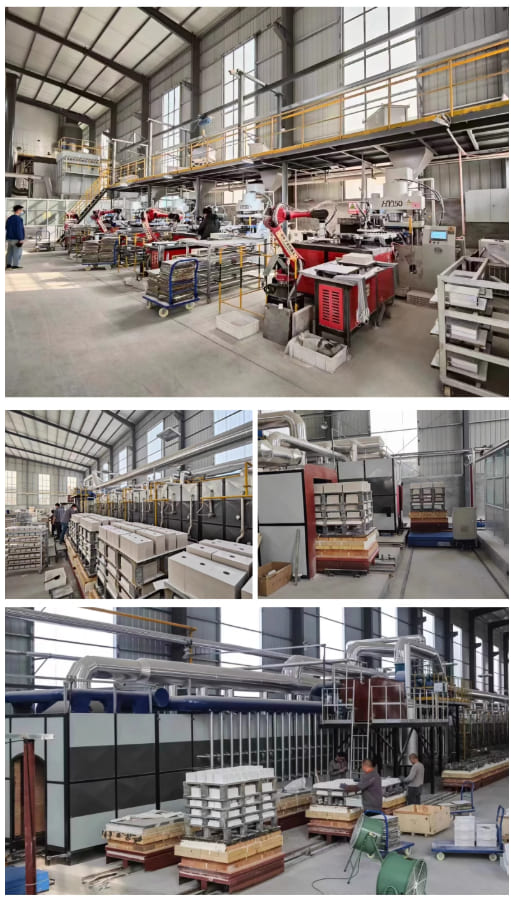
Payment Methods
T/T, Western Union, Paypal, Credit Card etc.
Shipment Methods
By air, by sea, by express, as customers request.
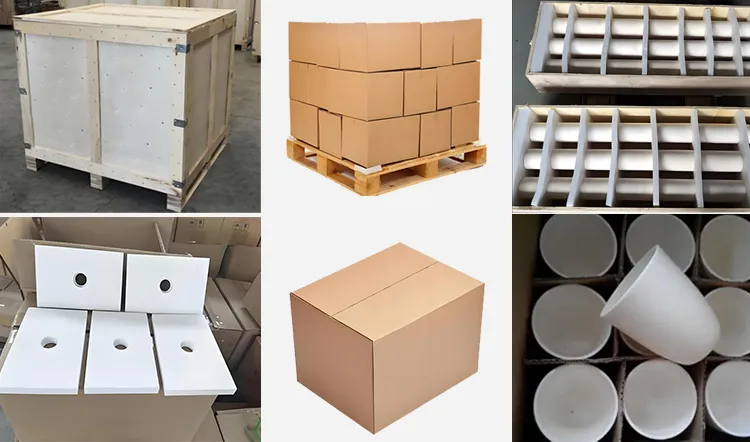
5 FAQs of Hot Press Sintering Boron Carbide B4C Ceramic Sheets
What is Hot Press Sintering Boron Carbide B4C Ceramic?
Boron carbide (B4C) is a super-hard ceramic material. Hot press sintering shapes B4C powder under high heat and pressure. This method creates dense, strong ceramic sheets. The sheets are ideal for high-stress environments.
Why choose hot press sintering for B4C ceramic sheets?
Hot press sintering gives better density and strength than other methods. High pressure during heating reduces gaps between particles. This makes the material tougher. The process also improves wear resistance.
What are the key properties of B4C ceramic sheets?
B4C ceramic sheets are extremely hard, second only to diamond. They resist wear, corrosion, and high temperatures. They stay stable under thermal stress. They absorb neutrons, useful in nuclear applications.
Where are B4C ceramic sheets commonly used?
These sheets protect against bullets and shrapnel in armor systems. They line blast nozzles and wear parts in industrial machinery. They serve in nuclear reactors as shielding. They cut or grind tough materials.
How to handle B4C ceramic sheets safely?
B4C is brittle. Avoid impact or bending during installation. Use diamond tools for cutting or drilling. Wear protective gear to prevent dust inhalation. Clean surfaces before bonding to ensure strong adhesion.
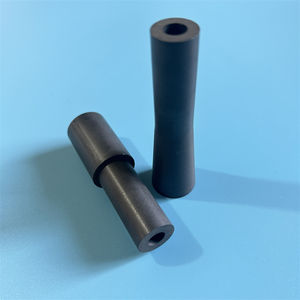
(Hot Press Sintering Boron Carbide B4C Ceramic Sheets)
REQUEST A QUOTE
RELATED PRODUCTS

Best Boron Carbide Ceramic Nozzle for Sand Blasting
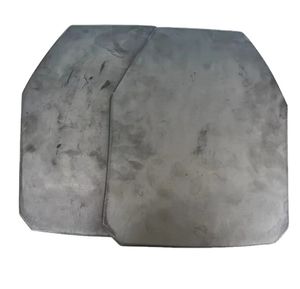
2024 Used for Nozzle Ceramic Plates Tiles Refractory Boron Carbide B4c Powder for Quartz Glass
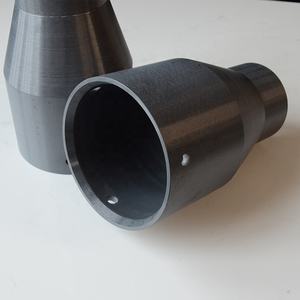
Custom Boron Carbide Ceramic Nozzle B4C Tubing Assembled with Steel
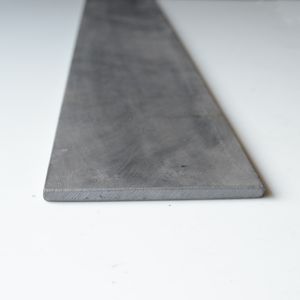
Custom Reaction Sintered Ceramic Refractory Silicon Carbide Boron Carbide Hexagonal Sheet

High Temperature Resistance Boron Carbide Sand Tube B4C Ceramic Sandblasting Nozzle
